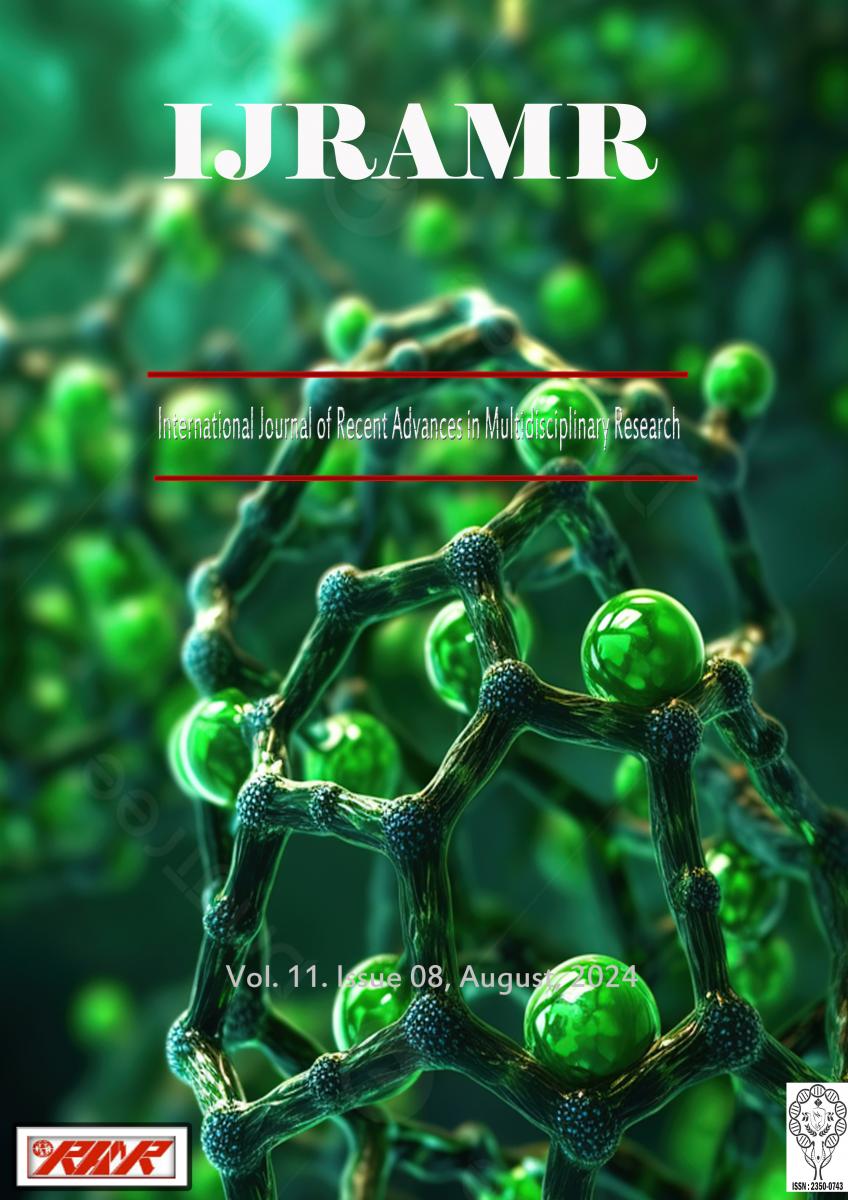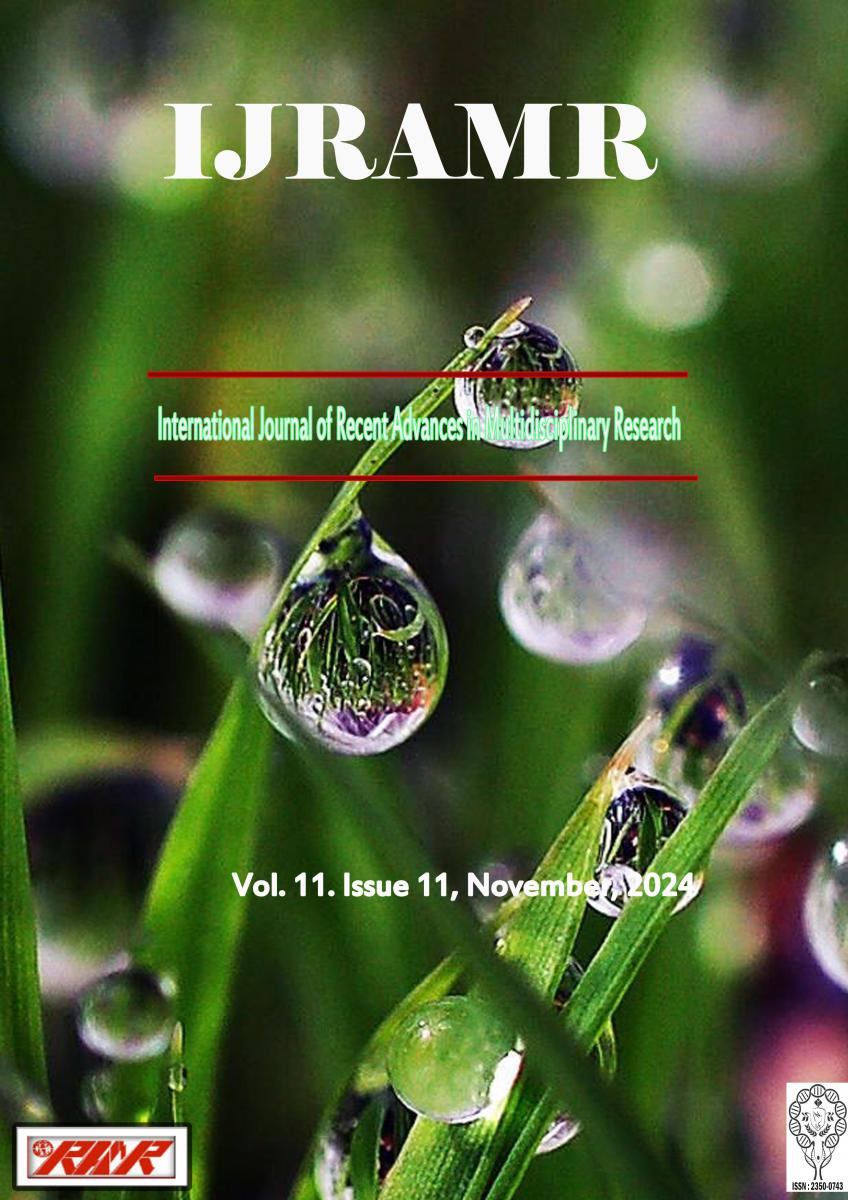Gemcitabine (pyrimidine analog 2′, 2′-difluorodeoxycytidine) is a nucleoside analog that has been used as a chemotherapeutic drug for more than 15 years. It was classified as an antimetabolite with many brand names including Gemzar. This drug cannot differentiate between normal cell and malignant cell, so it produces its toxic effect on both cells as the toxic impacts transfer from the tumor cells to the normal cells. Hepatotoxicity is the less well-known aspect of gemcitabine treatment, and there is little information about the underlying mechanism. In this broad context of interest in the potential hepatotoxicity of gemcitabine. Garlic (Allium sativum) has been used as a folk medicine and flavoring agent since ancient time. Accumulating evidences have demonstrated that garlic have numerous beneficial effects for healthy including anti-oxidation, anti-inflammation and anti-cancer. There is limited information on the possible protective effect of garlic extract on gemcitabine induced-hepatotoxicity. Therefore, aim of current study to demonstrate the effect of garlic extract (Allium Sativum) on hepatotoxicity induced by gemcitabine in rabbits. Twenty seven adult, healthy male and female local rabbits were used in this work, divided randomly into three equal groups; group (I), animals of control group received normal saline intraperitoneally injection once per week for six weeks; group (II), animals of treated group received 25 mg/kg body weight intraperitoneally injection of gemcitabine once per week for six successive weeks; group (III), served as protective group and was concomitantly treated with garlic extract by oral gavages in a dose of 250 mg/kg body weight and gemcitabine in a dose of 25 mg/kg body weight intraperitoneally injection once per week for six successive weeks. The results of the present investigation showed that gemcitabine toxicity produced significant disturbance in the normal architecture with evidence of structural changes in the liver of group II, gemcitabine treated group. The hepatotoxicity manifested by severely congested blood sinusoids, distortion of hepatocytes and focal necrosis. In addition, some hepatocytes were dissociated from hepatic cords, indicating liver injury. Presence of necrotic and hemorrhagic spots between the liver cells, vacuolation of the cytoplasm of pericentral hepatocytes had been also noticed. From the findings of our present study on domestic rabbits can be considered the liver as a target for gemcitabine, which expose to this compound can cause histological damage on hepatic tissue. Whereas, sections from the liver of animals received therapeutic dose of gemcitabine and treated with garlic extract, group (III), were showed that the severe hepatic lesions induced by gemcitabine were significantly decreased by the treatment with garlic extract. There were no obvious pathological changes, nearly normal liver histology was observed, except mild to moderate congestion and some hemorrhagic spots in central veins. The hepatocytes were appeared similar to normal. Based on our present study that indicated that the garlic extract possesses protective ability against - gemcitabine induced liver injury and might be an effective alternative medicine against acute oxidative liver toxicity. Therefore, the consumption of garlic may provide some kind of protection from cancer development.






